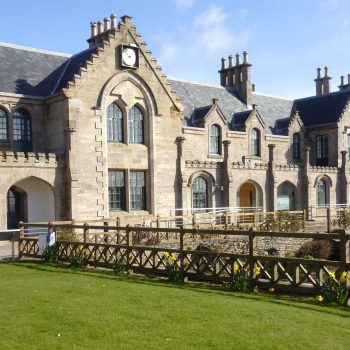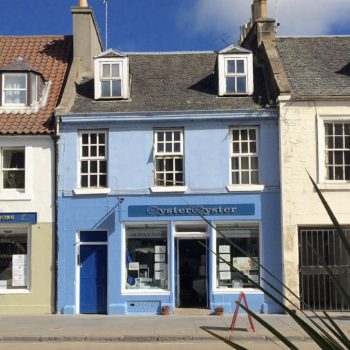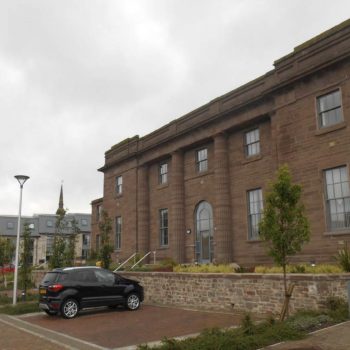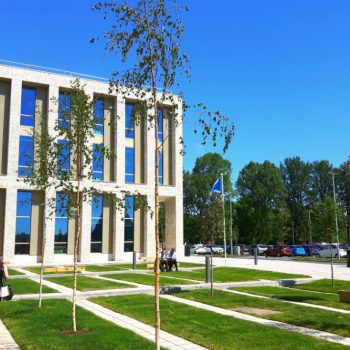Introduction
Throughout history, town centres have been the focus of urban life. Street networks, bus routes, railway stations: all focus on town centres, making them the busiest and most accessible places in town. Traditionally town centres have had more businesses, more public buildings and more shops then elsewhere in town – and bigger and denser buildings too. In the last few decades some of these things have decentralised out to suburban locations, like shopping malls or business parks, as car use has increased. But our town centres remain accessible locations which can be easily reached by most people.
Buildings and land are an important resource in town centres. They are places where people work, visit and live. If they are underused or empty, they should not just be viewed as unsightly, but as an opportunity waiting to be used to accommodate more jobs, services or homes, all of which boost the town centre. Town centre buildings, including shopfronts, are also an important part of a community’s heritage and identity. They can generate pride – or, when they are derelict, can contribute to perceptions of decline.
For those reasons, buildings and land need to enhance, animate and activate town centres. An important part of the responsibility rests on owners and tenants to bring their properties into full productive use – for example, by maintaining shopfronts, converting underused buildings or redeveloping vacant land for productive uses such as new community facilities or housing. The public sector also has a role, by making decisions to locate their services and offices in town centres in line with the Scottish Government’s Town Centre First Principle. Local authorities have planning and fiscal powers to encourage owners to do the right thing for the town centre – but their resources to deploy those powers may be (increasingly) limited. Maybe that’s why more and more communities are taking action themselves, by acquiring buildings or land and developing community facilities.
This section of the Toolkit gives examples of how town centres have been repopulated with homes and community facilities, including re-use of vacant and derelict land and buildings; and how shops and business premises can be upgraded. There is lots of overlap between the sections and there are links to plenty of extra resources, so have a good browse!



